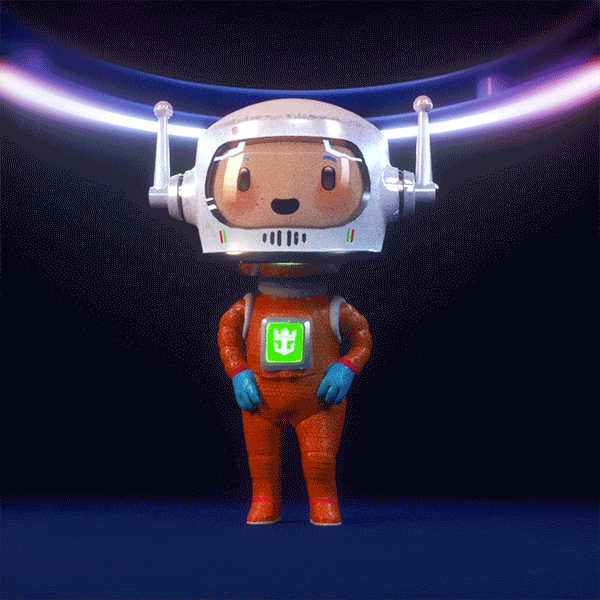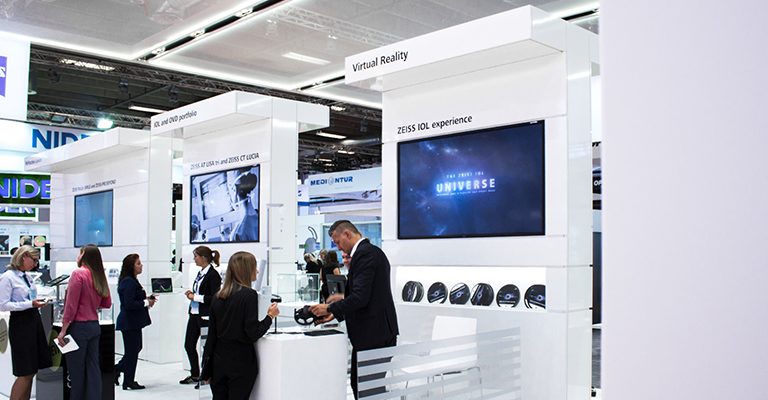
Virtual Reality meets B2B – when business becomes an adventure
Experiencing something can be powerful adventures: they remain in our memories and awaken dormant feelings - this applies to all areas of life and can provide an explanation for the recent success of Virtual Reality. The enormous potential of this technology is now being discovered by B2B decision-makers. Demodern answers the question: When is the use of VR worthwhile for companies and how do ZEISS and Dräger use the technology at their booths…?
When customers are allowed to explore and experience their next holiday destination, their future family car or their dream home in advance, the product feels more real, understandable and often more desirable. Why should we treat our brands any differently at trade shows? VR makes it possible for people to take a deeper dive into a brand’s world during a short time and to carry them away - in private as well as in business.
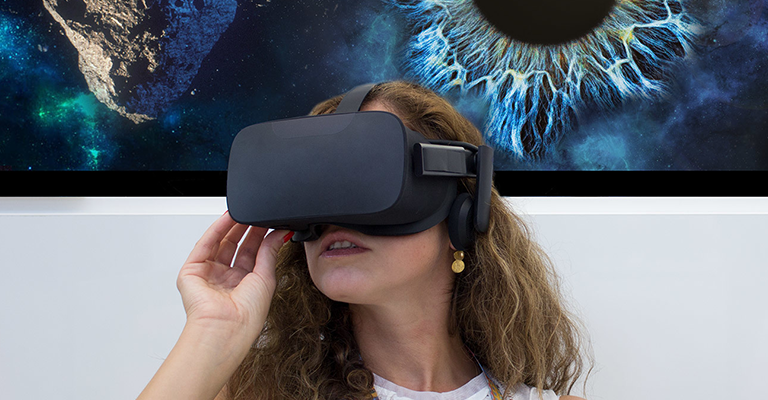
It is obvious that companies and brands in particular benefit from VR technology, which relies on a strong product presentation and their presentation in the room. Virtual 3D worlds and spaces are used to visualize and configure products as well as simulate application scenarios. For example, companies can make it possible for the user to experience large machines without actually having the expensive equipment on site. During the virtual tour, employees are able to dive into the 3D world together with the user and explain and demonstrate the product extensively. At the same time, the scenarios can be adapted to the needs of the customer, thus enabling an individual and convincing brand experience.
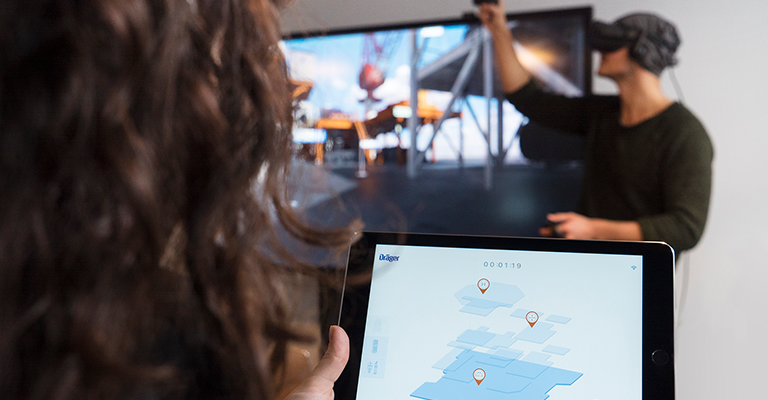
But the use of VR is also suitable in-house: From in production processes, e-learning, and training, to the visualization of places and specific situations the technology can be of great benefit. For example, a vivid visualization with the help of Multiuser VR (several people at the same time - even in different places) can be created, saving costly travel expenses and man hours.
The booth as a gateway to the brand’s world
One area that is particularly benefiting from the technology is the trade fair. VR is revolutionizing the company presentation at the booth and is expanding the offer on site. Whether it's an extensive range of products, the visualization of work processes or a playful immersion in the world of the brand - visitors can experience and explore what companies have to offer in a unique and unforgettable setting.
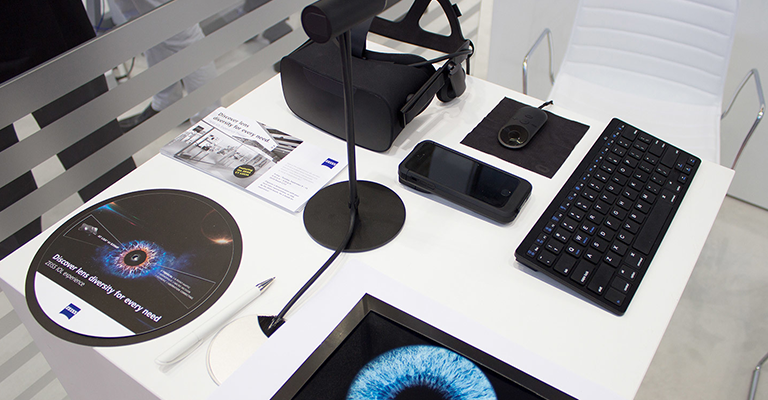
One example: At a medical trade fair in Copenhagen, a virtual reality application at the ZEISS booth enabled an immersive journey into the universe of the precision mechanical-optical industry. A combination of visual worlds and playful elements made the visitors - primarily doctors - discover the product portfolio of the company in a simple way. And how can this better be illustrated in the case of ZEISS than in the human eye? During a six-minute discovery tour, visitors were able to experience and use ZEISS products.
James Bond-Feeling at the trade-fair
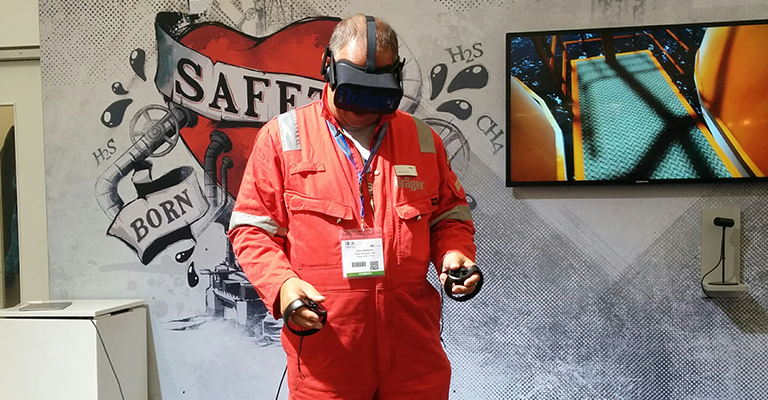
Also Dräger, the internationally leading company in the field of high-quality medical and safety technology, uses a VR application to present its products in a playful and realistic manner. In the "Offshore Rig VR Experience" the user dives into an oil rig scenery and gets into a simulated emergency, from which he can save himself thanks to the Dräger's warning systems. The VR application is primarily used at international trade fairs and events. Trade visitors, customers and buyers from the B2B segment experience the products interactively and at the same time become aware of the needs for safety devices and emergency warning systems. This Real Time VR Experience demonstrates that VR is a serious technology for playful knowledge transfer and explanation of complex products - also in the B2B area. In addition, the user's attention is focused 100 percent to the brand - a fact that other media can only dream of.
To summarise: Virtual Reality can be an effective technology used for brands, something that can both expand our world and make it smaller at the same time. This technology has not yet fully spread, with companies and brands not yet fully realising VR’s potential. It is obvious, that Virtual Reality is highly thought of because of how it’s immersion compares to other current display applications in the B2B sector. We assume that the already established virtual reality technology will find a firm place in different areas in the next years, and are keeping a watchful eye as the technology continues to evolve.
Kristian is owner, managing partner & creative director at Demodern and wrote this contribution as a guest author for marconomy.de.
Please find the article here:
Virtual Reality im B2B - marconomy.de
Virtual Reality im B2B - maschinenmarkt.de
Virtual Reality im B2B - industry-of-things.de
